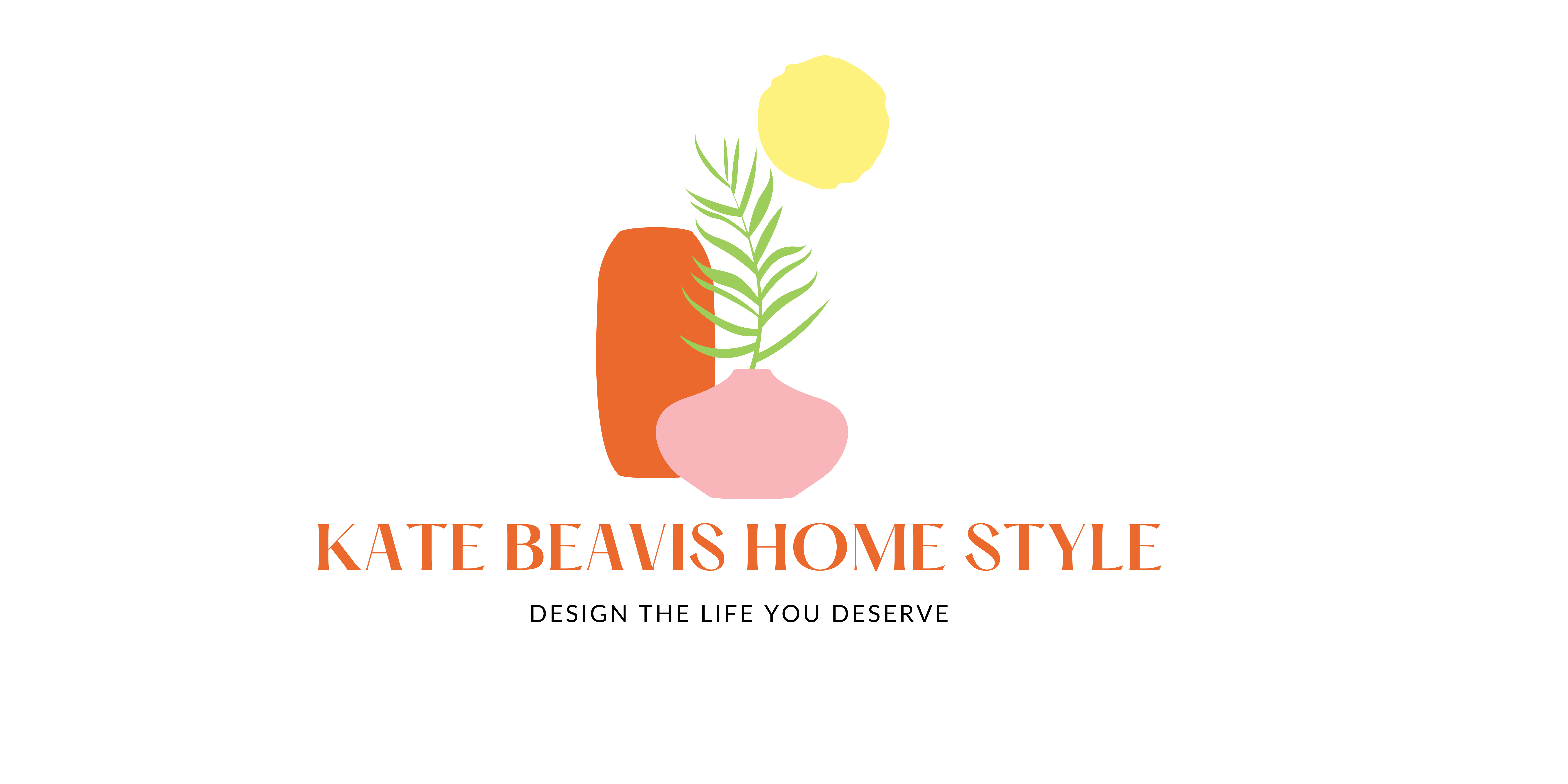Makeup, often viewed as a mere tool for enhancement, has roots that delve deep into history, intertwining with art and culture. From the ancient Egyptians who used kohl to define their eyes to the vibrant face paints in traditional dances across the globe, makeup has always been a form of expression. In today’s world, it’s not just about concealing flaws or highlighting features; it’s about storytelling, identity, and creativity. As we explore the journey of makeup from its historical significance to its modern-day interpretations, we’ll discover the true essence of cosmetic creativity and its profound impact on beauty and fashion.

Historical Perspective
The art of makeup has been an integral part of human civilisation for millennia. Ancient civilisations, from the Mesopotamians to the Romans, utilised cosmetics not just for beautification, but also as a reflection of status, health, and societal roles.
In ancient Egypt, for instance, both men and women adorned their eyes with kohl, believing it to ward off evil spirits and protect the soul. This wasn’t merely a beauty routine; it was a spiritual ritual. Similarly, in the Renaissance period, pale skin was a symbol of nobility and wealth. While the methods to achieve this look (like using lead-based cosmetics) were hazardous, it underscores the lengths societies went to define beauty standards.
Theatrical performances across cultures have also leaned heavily on makeup. From the intricate face paintings in Japanese Kabuki theatre to the bold and exaggerated makeup in European opera, these art forms relied on cosmetics to convey character, emotion, and narrative.
As we trace back through history, it becomes evident that makeup was never just about vanity. It was, and still is, a powerful medium of expression, intertwined with art, culture, and identity.

Modern Day Interpretation
The 21st century has ushered in a new era for makeup, transforming it from a mere beauty accessory to a platform for self-expression and creativity. With the rise of social media, makeup artists and enthusiasts alike have found a global stage to showcase their talents. Platforms like Instagram and YouTube are brimming with tutorials, avant-garde looks, and makeup challenges that push the boundaries of traditional beauty standards.
One notable trend is the emergence of makeup as a form of storytelling. Artists create looks inspired by seasons, emotions, landscapes, and even popular culture, turning their faces into canvases that convey intricate narratives. For instance, a sunset-inspired eyeshadow look isn’t just about the blend of orange and purple hues; it’s about capturing the essence of a fleeting moment in nature.
Platforms like Niche-Beauty have recognised and celebrated this artistic movement, curating products that cater to both traditional beauty needs and the desires of the modern creative artist.
Moreover, the beauty industry’s inclusivity movement, emphasising diverse skin tones, genders, and ages, has further broadened the scope of makeup artistry. Today, makeup is less about adhering to societal standards and more about individuality, creativity, and breaking the mold.
The Science Behind the Art
Innovation and technology have always played a pivotal role in the evolution of makeup. From the formulation of products to the tools used for application, science has been the backbone of the beauty industry’s advancements.
Today’s cosmetics are a blend of art and science. Brands invest heavily in research and development to create products that are not only aesthetically pleasing but also beneficial for the skin. Ingredients like hyaluronic acid, peptides, and retinoids, once exclusive to skincare, are now seamlessly integrated into makeup products, offering both beauty and skincare benefits.
Furthermore, technology has enabled the creation of products that cater to specific needs. Whether it’s a foundation that adjusts to one’s skin tone or a mascara formulated for humid climates, the emphasis is on personalisation and performance.
Digital advancements have also revolutionised the way consumers interact with makeup. Virtual try-ons, augmented reality makeup tutorials, and AI-powered skincare analyses are just a few examples of how technology is enhancing the beauty experience. A study by McKinsey highlighted the rapid digital transformation in the beauty industry, emphasising the growing importance of online engagement and e-commerce.
In essence, the intersection of science and art in makeup has not only elevated the products but also the overall consumer experience, making beauty more accessible, effective, and personalised.

Global Influence and Trends
The beauty of makeup lies in its universality, yet its interpretation varies widely across cultures, reflecting the diverse aesthetics, values, and traditions of different societies.
In South Korea, the “glass skin” trend emphasises a clear, luminous complexion, mirroring the cultural value placed on youthful skin. This trend has led to a surge in products like essence, serums, and cushion compacts, designed to achieve that coveted dewy finish.
On the other hand, in regions like the Middle East, bold eye makeup, especially the use of kohl, has historical and cultural significance. The dramatic eyeliner and rich eyeshadows often seen in Middle Eastern makeup styles are not just fashion statements but also nods to ancient traditions.
Brazil, known for its vibrant festivals and carnivals, has a beauty scene that’s equally lively. Bright, bold colours in makeup reflect the country’s spirited culture and love for celebration.
The global beauty landscape is a mosaic of these diverse trends, each telling a unique story.
As the world becomes more interconnected, these trends often cross borders, influencing and enriching the global beauty narrative. It’s a testament to makeup’s power to transcend boundaries, fostering a global community that celebrates diversity and creativity.
Makeup transcends mere cosmetics, serving as a reflection of culture, art, and individuality. From its historical significance to modern interpretations, it showcases our shared appreciation for beauty and creativity. As we embrace the future, the world of cosmetic artistry promises endless avenues for exploration and innovation.

This is a collaborative post

